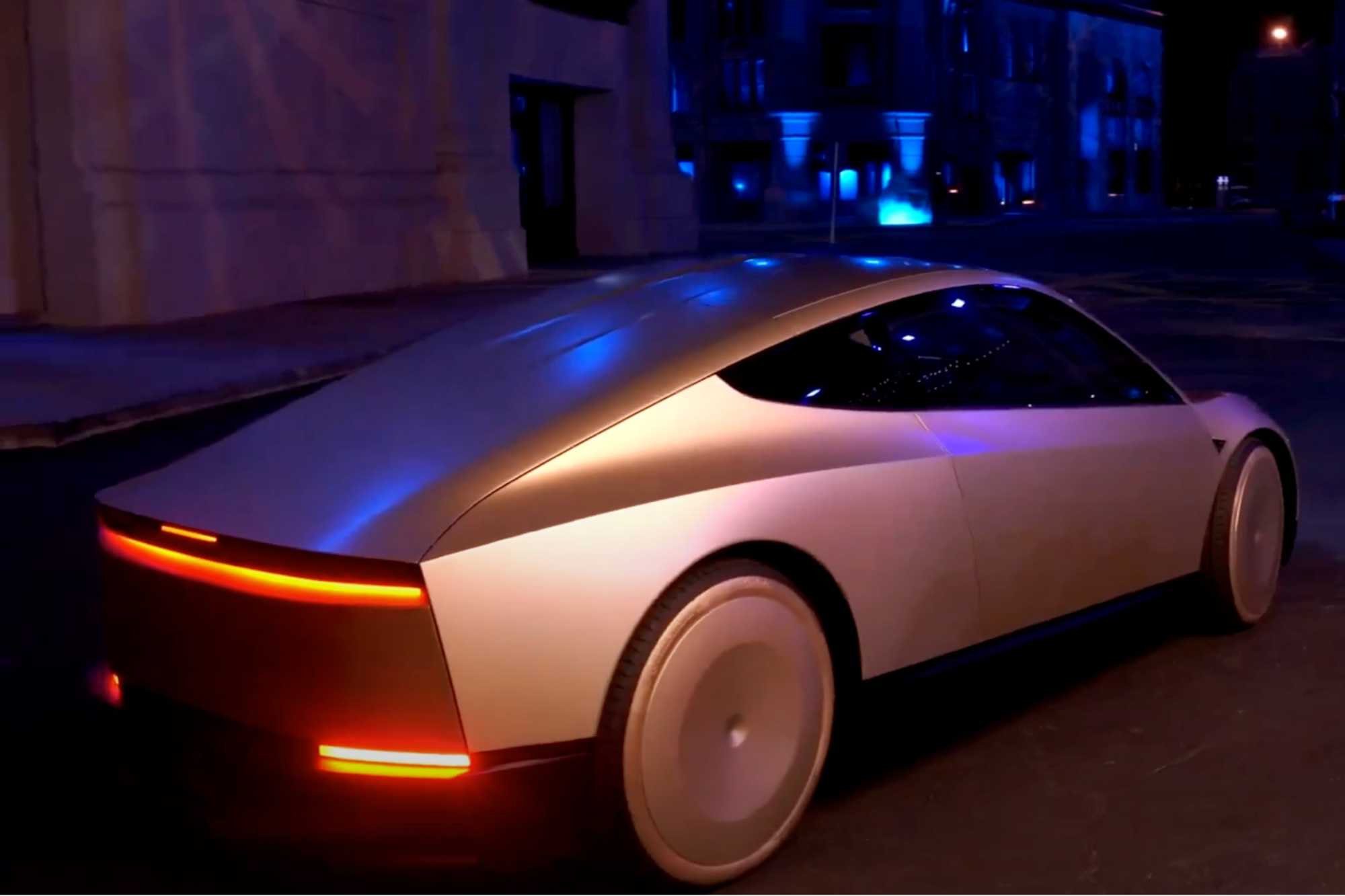
Tesla's “We, Robot” event Thursday night showed that Elon Musk is steering the electric carmaker toward a self-driving future — a future without a steering wheel.
Musk arrived at the event held at Warner Bros. studios in Burbank, California, in a “Cybercab“A self-driving car without the standard controls: no pedals, charging socket or steering wheel. Musk said he would to be in production before 2027 and costs under $30,000.
Post by @artificialintelligencenews.in
Look in Topics
Related: 'One of the most important events': Is Tesla finally unveiling its fully self-driving robot?
The car seats two people, including one in the driver's seat, and has doors that open like butterfly wings. it wireless charging just like a phone: A magnetic pad on the bottom of the car aligns with a stationary charging pad without the need for a wired connection.
 Cybercab. Photo: Tesla
Cybercab. Photo: Tesla
Musk also announced Robovan, which was the main surprise of the evening. It's a 20-seat, self-driving van that cuts the cost of travel to “5-10 cents per mile,” he claimed.
Musk did not provide an estimated price for the vehicle or a timeline for when it would arrive.
Related: Tesla's sales performance demand may accelerate for electric cars
Although Tesla is known for its electric cars, especially for it bestseller Model 3 and Model Y, Thursday's announcements showcased its advances in robotics — indicating a broader strategic shift. In August, Musk said this Tesla is not a car company and should be considered “an AI robotics company” instead.
It is a message he has said before.
“The way to think about Tesla is almost entirely in terms of the autonomy solution and the ability to enable that autonomy for a giant fleet,” Musk said. in an April earnings call.
Entering the robotaxi space, Tesla competes with Alphabet-owned Waymo and GM-acquired Cruise. As of August, Waymo reported that it was doing more than 100,000 paid robotaxi rides in LA, San Francisco and Phoenix per week. The cruise has ended 250,000 trips without a driver.
